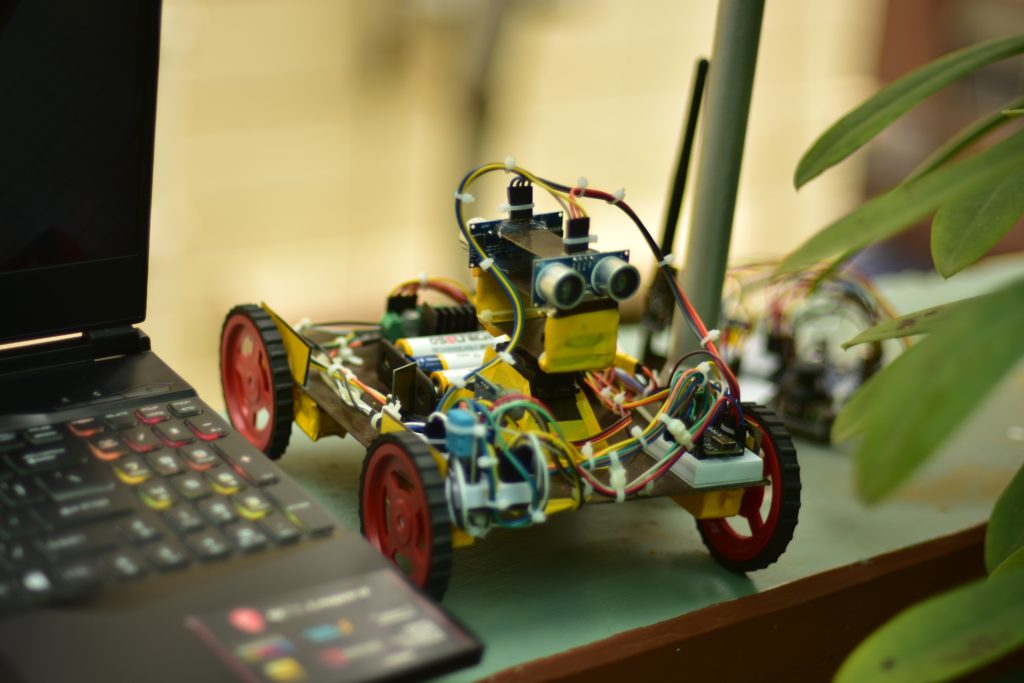This search and rescue robot creates 3D maps of disaster areas

If you look at footage from the search and rescue efforts following any disaster, you’ll see that first responders have a very difficult time navigating through rubble to find people in need of emergency care. They also have to take extra precautions, as gas line ruptures and other hazards present dangers they don’t normally face. To assist in those efforts, Ranit Bhowmick and his team built the SARDA (Search and Rescue Deployable Assistant) robot that can create 3D maps of disaster areas.
SARDA is currently an early prototype and its capabilities are limited, but the idea is sound. It is a little wheeled robot that would (in theory, at least) rove around a disaster area while mapping its surroundings. It could work autonomously or an operator could guide it manually. While moving around an area, it would generate a 3D map of rigid objects, like walls and obstacles, and also health hazards like clouds of smoke, heat, or toxic gases. A computer at a control station would use that data to produce a digital 3D render of the environment that first responders could reference during their search and rescue efforts.
The robot is affordable to build and uses only off-the-shelf components. Those include an Arduino Nano board, a pair of ultrasonic distance sensors, a temperature and humidity sensor, and a smoke sensor. The Arduino controls the drive motors through L239D drivers. The RCU (receiver and controller unit) contains an Arduino Uno and communicates with SARDA through a pair of nRF24L01 radio transceiver modules.
Bhowmick and team created SARDA for a science fair and it is rudimentary, but functional. The mapping software can only generate simple blocks where the ultrasonic sensors detect obstacles and the positioning is based purely on open-feedback motor control. But this is a great start and something to build upon.